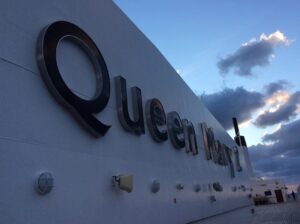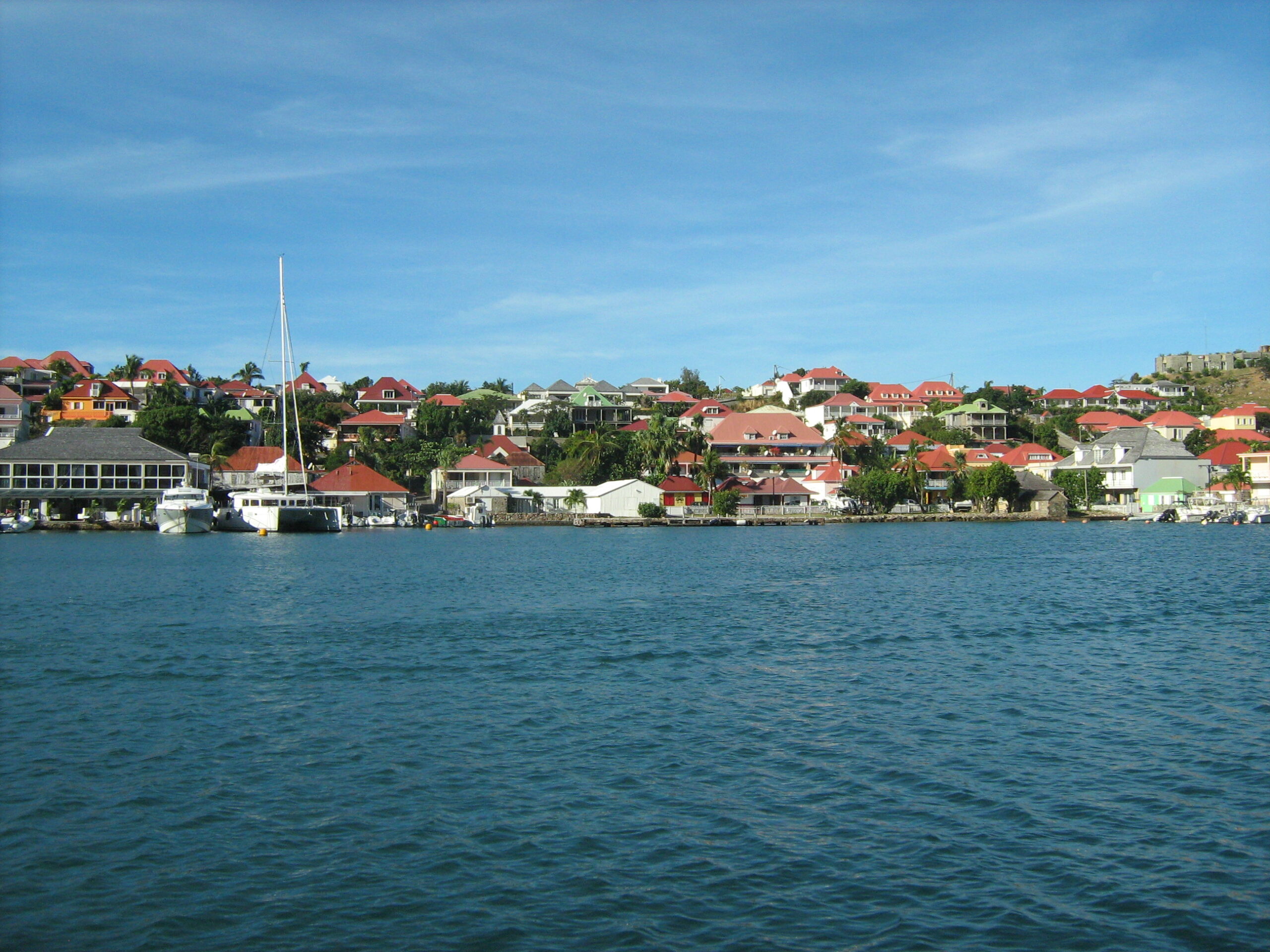
Our recent visit to the Caribbean took in the tiny island of St Barthélemy – more commonly known at St Barts. This is the smallest of the fours islands that make up the French West Indies. We arrived at the main town – Gustavia – by tender from our cruise ship early on Sunday morning, 8th February 2015.
The number of large and impressive yachts, some with on-board helicopters, which were in the small harbour, reinforced the travel brochure description of this small island as the “playground of the rich and famous”. The main street was lined with designer shops, with everything from Chanel to Versace. Fortunately for my wallet, they were all closed, much to the dismay of Lynda (my wife).
We continued to explore the deserted streets, small empty of people other than our fellow travellers, and noticed a small, whitewashed church overlooking the harbour. Opposite the Church was an English anchor identified as the type used by British warships from 1700 to 1825. Apparently this ten-ton anchor was unwittingly hauled into Gustavia’s waters by a tugboat.
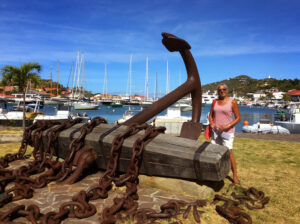
We realised as we got closer that the morning service was due to start. We weren’t exactly dressed for church, with usual tourist uniform of t-shirt and shorts, but as we prepared to walk by, a smartly dressed man who had just pulled up on his quad-bike invited us to join the service, assuring us that it would be in English, and that we would enjoy the music, provided by a trio of piano, guitar and violin.
So, despite some misgivings about our tourist attire, we entered the church and settled into one of the wooden pews. I guess that being conscious about how we were dressed make me more aware of the designer clothes and expensive perfumes that surrounded us. However, we received a few smile and nods from the regulars and gradually relaxed into the environment.
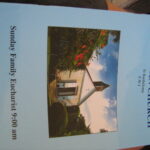
We learnt from the order of service that we were in the St. Bartholomew’s Anglican Episcopal Church. The interior was lined with heavy dark-wood pews leading to a white lace-covered alter. Father Charlie, attired in formal robes over his t-shirt and shorts, led the service.
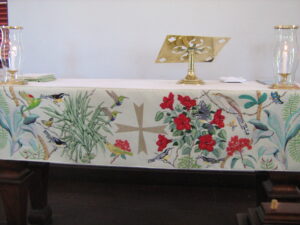
It was a joyous “happy-clappy” service, with a mainly sung Eucharist led by the small ‘orchestra’ of piano, guitar and violin. The “peace” seemed to go on forever, though was probably around 10 minutes, with everyone moving around the church and chatting like long-lost friends, though I’m sure most were regular celebrants. Various colourful birds flying in and out of the shuttered windows and landing on the cast iron chandeliers, where they stayed a while to observe all that was below, enhanced the relaxed nature of the service. Overall it was a joyous and refreshing experience, and it was quite sad to think we wouldn’t be back for the next Sunday service….or indeed (dependent on time and money) …ever again? Still, it was something I’m sure we will always remember.
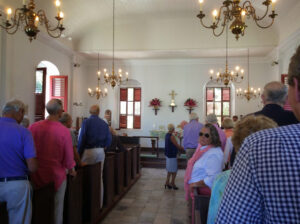
More About St Bart’s (from the tourist brochure)
Sprinkled with red-roofed villas and surrounded by beautiful beaches, tiny Saint Barthélemy (St. Barts or Saint Barth) is the smallest (9 square miles) of the four islands of the French West Indies. Caribbean playground of the rich and famous, you discover fashionable boutiques and an international jet-set atmosphere combined with a sense of French chic. Gustavia is the main town and capital of the island of St. Barts and was named for King Gustav III of Sweden.
Overflowing warehouses once surrounded Gustavia’s harbour that was packed with ships from many nations and a mercantile and architectural tradition was established that is still evident today. Streets that were once busy with merchants and adventurers are now lined with restaurants, boutiques and gift shops and the harbour is now full of impressive yachts. Without doubt this is one of the most chic spots in the Caribbean, however probably also the most expensive! Most of the island’s restaurants are in Gustavia, and French cuisine, particularly seafood, is on a par with some of the world’s best. The climate is tropical with only small variations in temperature and short passages of rain clouds with brief showers of 10 to 15 minutes most days.
Thanks to laws forbidding large resort development, St. Barts remains quaint and unspoilt. The tallest buildings are shorter than the highest Palm trees.
History
St. Barts was discovered in 1493 by Christopher Columbus who named it for his brother Bartolomeo. It was settled by the French in 1648 and later sold to Sweden in exchange for trading rights in Gothenburg, who names the main town after King Gustav III.
During the colonial wars of the 18th century, the island prospered as a trade and supply centre for the various warring factions. After a century of Swedish rule, France repurchased the island in 1878 placing it under the administration of Gaudeloupe and it is now an overseas collectivist of France. Most of the Island’s 8,450 inhabitants are descended in roads in the town – Rue du C Brittany and Normandy. Since the island is river less and rocky and therefore unsuitable for sugar cultivation, black slaves were ever introduced. An old-fashioned style of French is spoken, with sprinklings of English and Swedish.
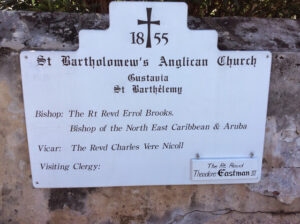
The St. Bartholomew’s Anglican Episcopal Church is an important religious building in the town. Built in 1855 with stones brought from St. Eustatius, the Church is located on one of the most elegant roads in the town – Rue du Centenaire. The Church’s interior is lined with heavy dark-wood pews leading to a white lace-covered alter. Opposite the Church is an English anchor identified as the type used by British warships from 1700 to 1825. This ten-ton anchor was unwittingly hauled into Gustavia’s waters by a tugboat.
More photo’s from St Barts

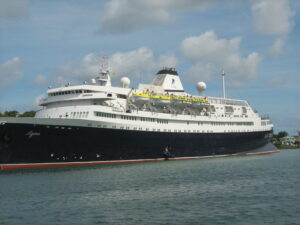
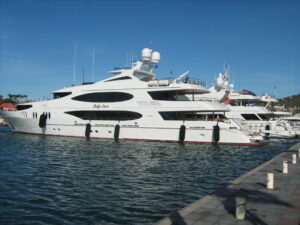
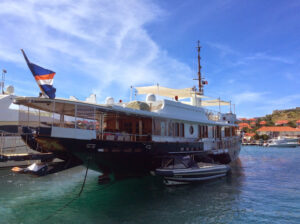
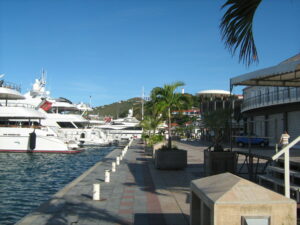
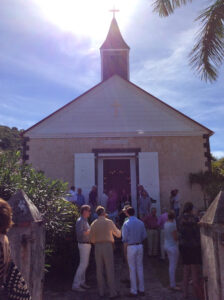
More Photos on Flickr











